#NC History
Photo

On the 27th of September, 1718, the “Battle of the Sandbars” would take place at the mouth of the Cape Fear River in North Carolina, between pirate Captain Stede Bonnet and pirate-hunter Colonel William Rhett from Charles Town; who had been in search of pirate Captain Charles Vane.
The night prior, on the 26th, Rhett’s 8-gun sloops (the Henry and Sea Nymph) had arrived outside the mouth of the Cape Fear River and had been mistaken as merchant vessels by Captain Bonnet; who had been careening his sloops upon the river’s banks for the last month a half repairing their vessels, waiting out the hurricane season. Small boats were sent out to intercept the merchant vessels, but upon discovering they were not merchants, turned back, and Rhett’s ship Henry ran aground one of the shifting sand bars at the mouth of the river.

This allowed the boats to return to Bonnet and inform him of the strength that was discerned of the vessels based on their crew numbers and armaments. Bonnet spent the early hours of the 27th concentrating all of his crew from both vessels onto the Royal James, having decided that come morning they would battle their way out of the river, rather than go deeper in and become trapped, unaware if there were any other exit points to the Atlantic deeper up the river. He would also devote time to writing a letter to Governor Johnson back in Charles Town, threatening to burn the ships at the Charles Town harbor in retaliation.

Once the sun rose on the 27th, the Royal James made her way downriver, finding Rhett’s two ships on either side, ready to trap the Royal James between them. This led Bonnet to veer to the side and run aground on the western shore. Rhett’s ships moved to close in… and also ran aground sandbars, leaving each ship stationary; the Henry within ‘pistol shot’ off the bow, and the Sea Nymph ‘out of gunshot’ range. For five hours the battle raged as the crew fired upon one another, with Bonnet’s vessel having the advantage that the ship had run aground tilted away from the Henry providing the pirates with cover, while the Henry tilted toward them.
The battle came to a conclusion once the tide rose; freeing the Henry first. Ten of the South Carolinian sailors had been killed, fourteen more wounded, and Bonnet had lost twelve of his forty-six men; but now the Royal James was a sitting duck while the Henry could reposition however Rhett needed her to. Bonnet demanded that ship gunner George Ross detonate the powder magazine rather than face capture, but instead the act was overruled by the crew; who hoisted a white flag of surrender.
The remainder of September 27th was spent securing the pirate prisoners, followed by their ships, before finally embarking back to Charles Town on September 30th. Today, a commemorative plaque at a historical marker exists near the location of the battle, along a creek named after Stede Bonnet in what is now Southport, NC; it briefly tells of the battle that happened, though has various inconsistencies upon it.
Coincidentally as bonus info, the Cape Fear river was named as such because the expedition ship of Sir Richard Greenville in 1585 got stuck in the river, and the crew were afraid they would wreck in it, giving it the name Cape Fear.
(pictured is Stede Bonnet [as depicted in Our Flag Means Death], an aerial view of the mouth of the Cape Fear River looking northwards upriver near where the battle took place [with the Royal James run aground on the western shore], and Stede Bonnet’s flag as depicted in the 1724 book "A General History of the Pirates")
26 notes
·
View notes
Text
3 notes
·
View notes
Text


A couple of photos from the Pauli Murray exhibit at the NC Museum of History (in Raleigh), where I had Several Feelings.
1 note
·
View note
Text

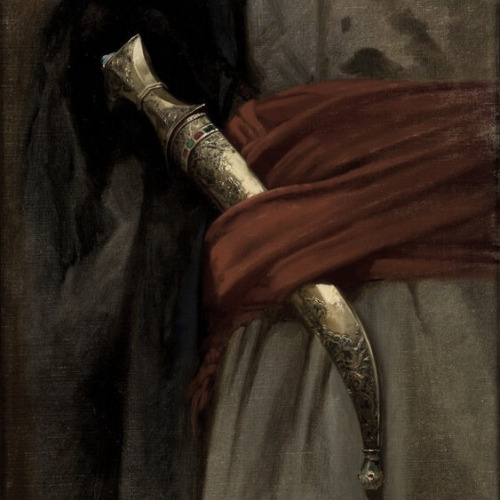
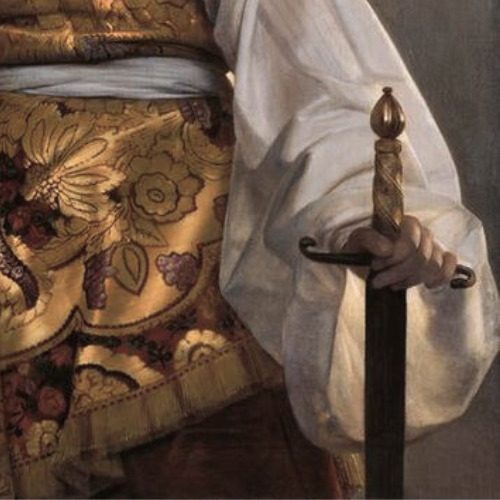
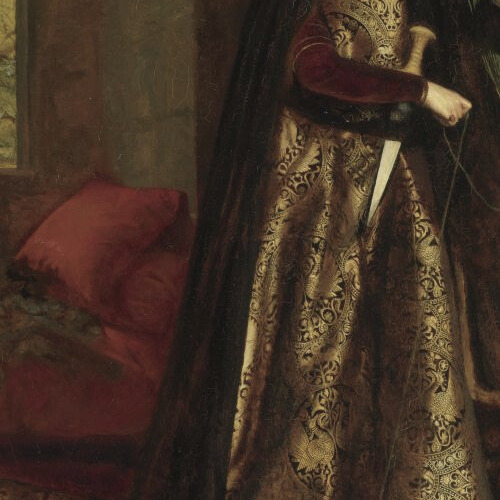

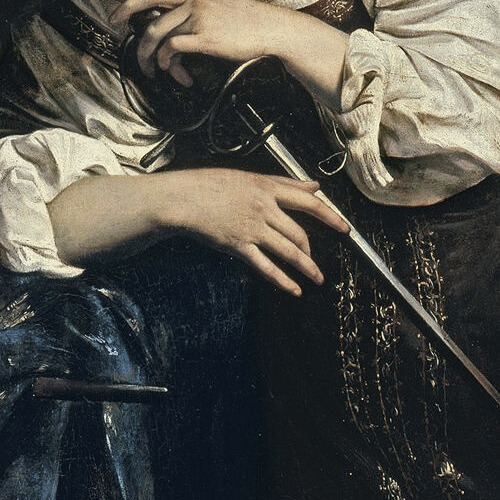






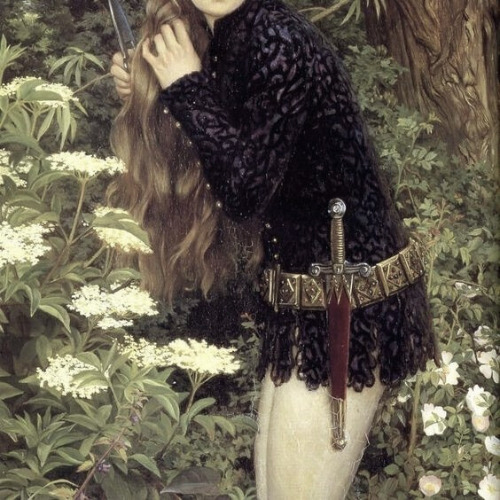




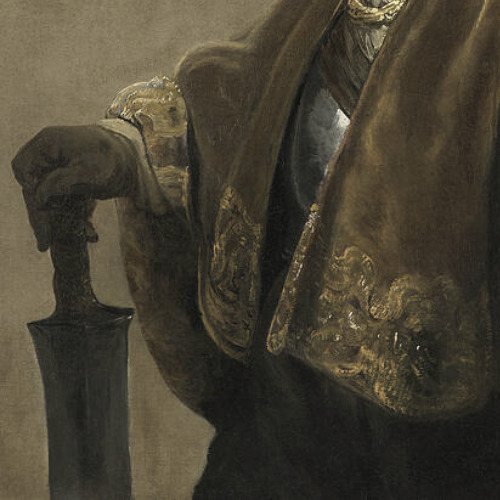

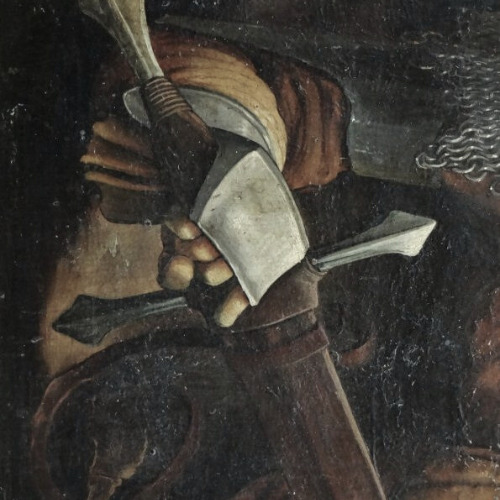
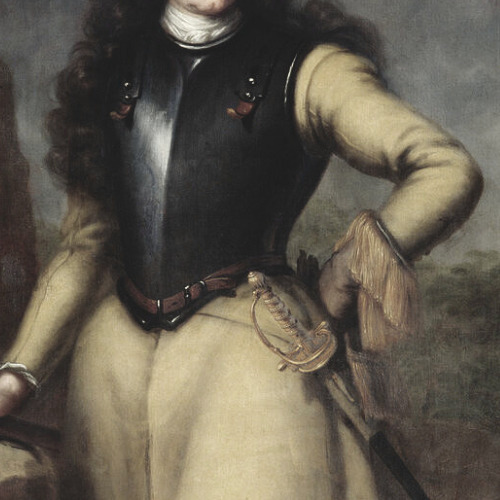

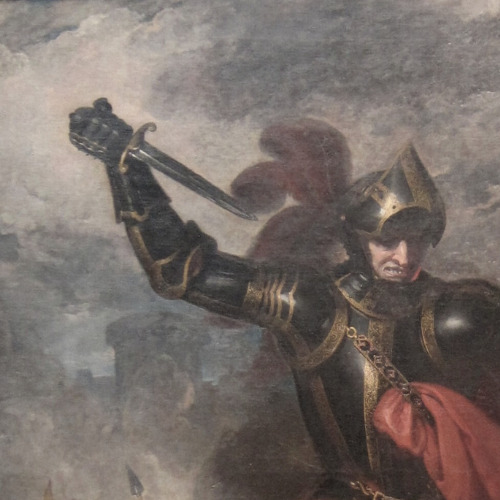
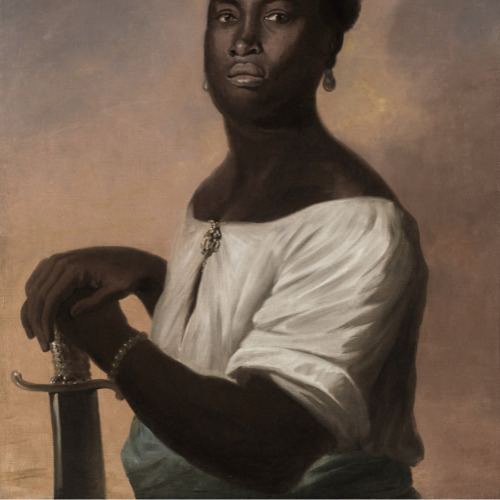



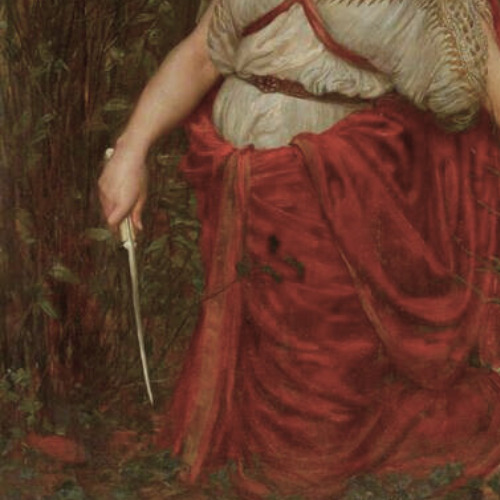


objects in art: swords/daggers
#artist is rembrandt van rijn#artist is satnislaw clebowski#artist is august riedel#artist is frank cadogan cowper#artist is unknown#artist is caravaggio#artist is benjamin west#artist is zoe-laure de chatillon#artist is hans holbein the younger#artist is edmund blair leighton#artist is eglon van der neer#cant find artist#artist is eleanor fortescue brickdale#artist is edmund blair leighton-#artist is pietro della vecchia#artist is dante gabriel rossetti#artist is sir john gilbert#artist is rambrandt van rijn#artist is ferdinand bol#artist is matthias grunewald#artist is david klocker ehrenstrahl#artist is nc wyeth#artist is charles robert leslie#artist is albert eckhout#artist is amico fruilano del dosso#artist is maestro de francfort#artist is valentine cameron prinsep#artist is vincenzo catena#artist is geergen tot sint jans#art history
4K notes
·
View notes
Text

Today in Hip Hop History:
Rapsody was born January 21, 1983
#today in hip hop history#todayinhiphophistory#hiphop#hip-hop#hip hop#hip hop music#hip hop history#music#history#hip hop culture#music history#rapsody#bornday#birthday#emcee#mc#rap#rapper#north carolina#nc#1983#roc nation
107 notes
·
View notes
Text


James Spurgeon Jordan aka Jim Jordan was born to former slaves in eastern North Carolina, Hertford County, in 1871. Jordan worked as a sharecropper in early adulthood while running a small conjure practice on the side.
#Jim Jordan#Root Doctor#Conjure Doctor#Hertford County#North Carolina#Culture#History#Maneys Neck#NC
47 notes
·
View notes
Text

1970’s- Structures like this can be found throughout the Appalachian Mountains. They bear witness to a time when Appalachians were off the grid. They are a monument to Appalachian’s blood, sweat, and tears. A time when people were self employed for survival and there was nothing that they needed that the mountains couldn't supply them.
This beautiful rock chimney once sat in a field on Hwy 70 near Vernon Bradley Road in Old Fort in McDowell County,North Carolina.
(Photo by Pete Garaventa)
#appalachian#appalachian mountains#mcdowellcounty#nc mountains#mcdowell county#appalachian culture#north carolina#western north carolina#appalachia#the south#ruins#old home#appalachain gothic#appalachain mountains#appalachian history
27 notes
·
View notes
Text


Tens of thousands of people visit Bank of America stadium to watch the Carolina Panthers play football each year – never realizing they are walking on top of lost remnants of a once-thriving Black neighborhood established in the aftermath of the Civil War.
The stadium itself is built directly atop a relic of segregated healthcare: Good Samaritan Hospital, the first private hospital built in North Carolina to serve Black patients. Built in 1891, this historic hospital was one of the oldest of its kind in the United States.
It was also the site of one of the “most horrific racial incidents in Charlotte's history,” according to Dan Aldridge, professor of History and Africana Studies at Davidson College.
A mob of 30 to 35 armed, white men invaded the hospital, dragging a man out of the hospital and into the streets – and shooting him dead in front of the building.
The concept of “urban renewal” destroyed Black neighborhoods, communities, businesses and homes all across North Carolina, especially between 1949 and 1974.

Durham, for example, once had a prominent Black Wall Street, where Black businesses flourished; however, the historic community was almost completely destroyed by construction of the Durham Freeway.
Likewise, Raleigh once had 13 historic Freedmen's Villages, built entirely by men and women freed from slavery in the aftermath of emancipation. Today, only two are remaining, and Oberlin Village, the largest one, was cut in half by the construction of Wade Avenue.
Similarly, Charlotte's Brooklyn community was built by men and women freed from slavery in the late 1800s. Like many Black communities around the state, it was forced into an awful geographical location – on low-lying land where flooding, sewage and sanitation issues made life hazardous.
According to history in the Charlotte Library, the Brooklyn area was first identified on maps as ‘Logtown’ in the late 1800s – a name that matches closely with titles given to similar freedmen villages in the Triangle area, which were often called slang names like ‘Slabtown’ or ‘Save Rent’ due to their inexpensive homes.
In the 1900s, the area became known as Brooklyn, “a name that would become synonymous with the Black community until urban renewal.”
“It's a tragedy that so many stadiums were built on sites that were once Black communities,” said Aldridge. “They're poor neighborhoods. They're struggling neighborhoods. I won't romanticize them by claiming they're all like Black Wall Street, but they were people's homes and people's communities, and they were taken from them.”
Many historically significant Black sites were lost in urban renewal; likewise, many Black communities were forced to build in geographically unfit areas, making growing wealth and property more difficult – and more easily lost over time.
At its peak, Brooklyn was home to:
Charlotte's first Black public school
Charlotte's only Black high school
The city's first free library for Black patrons
The first companies to offer white collar jobs to Black workers
The first private hospital for Black citizens in Charlotte
Today, football players run up and down the Bank of America field for the amusement of thousands of cheering fans. However, in 1913, over a century ago, that same land had a very different story.
(continue reading) related ↵ related ↵
#politics#urban renewal#structural racism#carolina panthers#bank of america#bank of america stadium#panthers stadium#good samaritan hospital#black wall street#blacklivesmatter#racism#erasure#displacement#north carolina#systemic racism#brooklyn nc#brooklyn north carolina#black history#football#nfl#nfl football#whitewashing history
109 notes
·
View notes
Text

N.C. Wyeth, Dark Harbor Fishermen, 1943
#nc wyeth#american art#american artist#american painter#american painting#american illustrators#book illustration#seascape#fishing#fisherman#fish#aesthetic#sea aesthetic#ocean aesthetic#ocean view#modern art#art history#aesthetictumblr#tumblraesthetic#tumblrpic#tumblrpictures#tumblr art#tumblrstyle#artists on tumblr
95 notes
·
View notes
Text

Convair NC-131H. A modified C-131 Samaritan was used to develop handling characteristics of large bombers like the B-1.
➤STRANGE PLANES:
VIDEOS:https://dronescapes.video/Extreme
#strange plane#oddities#engineering#convair#NC 131#aviation photography#youtube#aircraft#airplane#aviation#dronescapes#documentary#aviation history#plane
25 notes
·
View notes
Text
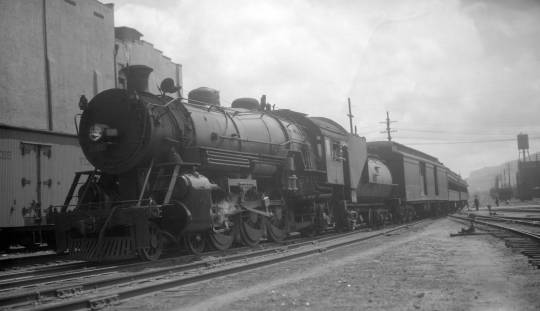
NC&SL train, engine number 537, engine type 4-6-2
Passenger train; 3 cars. Photographed: at Chattanooga, Tenn., August 2, 1936.
57 notes
·
View notes
Photo

Old Salem, NC
#Old Salem#Street Photography#History#Winston-Salem#NC#NC Photographers#Original Photographers#Photographers on Tumblr#Nathanael Gough
76 notes
·
View notes
Text
Cemeteries in Charlotte, NC 04JUL23

New year, new home. Boston -> Charlotte

At Elmwood Cemetery, I went on a walk to remember the dead.

Also sauntered over to Old Settler's Cemetery.

Let me know if anyone spots any ghosts.

Old city, old gravestones going back to the mid 1700's.

As well as some very interesting and time warped masonry.
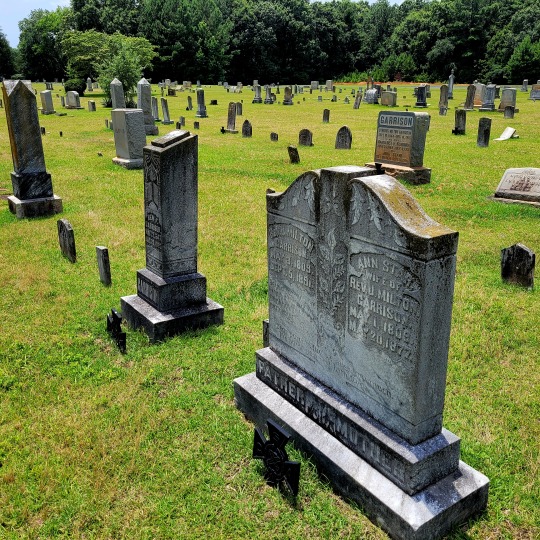
Try to recall those that came before you today.

And happy 4th.
#july 4th#july 4 2023#charlotte nc#graveyard#rememberance#history#gravestones#cemetery#cemeteries#graveyard walk#independence day#photo set#photography#masonry#charlotte#my new home
44 notes
·
View notes
Text
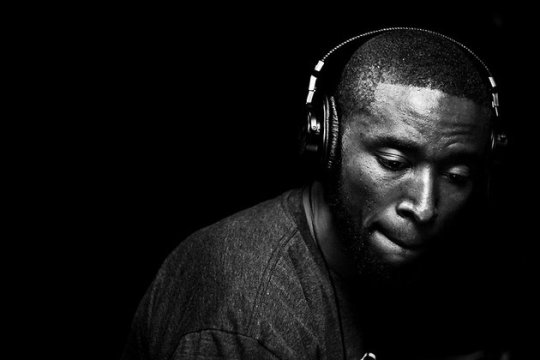
Today in Hip Hop History:
9th Wonder was born January 15, 1975
#today in hip hop history#todayinhiphophistory#hiphop#hip-hop#hip hop#hip hop music#hip hop history#music#history#hip hop culture#music history#9th wonder#producer#music producer#1975#north carolina#nc#little brother
63 notes
·
View notes
Text

North Carolina’s Republican-controlled House passed a previously vetoed proposal Wednesday to restrict how teachers can discuss certain racial topics that some lawmakers have equated to “critical race theory.”
The House voted 68-49 along party lines for legislation to ban public school teachers from compelling students to believe they should feel guilty or responsible for past actions committed by people of the same race or sex.
United in their opposition, House Democrats challenged Republican claims that the bill would reduce discrimination and argued that a comprehensive history education should make students uncomfortable.
Republican seat gains in the midterm elections give them greater leverage this year to override any veto by Democratic Gov. Roy Cooper, who blocked a similar proposal in 2021 and urged legislators this month in his State of the State address, “Don’t make teachers re-write history.” But Republicans, who are one seat short in the House of a veto-proof supermajority, will likely need some Democratic support for the measure to become law.
North Carolina is among 10 states considering such proposals, according to an Education Week analysis. Eighteen others have already limited how teachers can discuss racism and sexism in the classroom.
Gaston County Republican Rep. John Torbett said the proposal, which now heads to the Senate, would prohibit schools from endorsing controversial concepts, including that one race or sex is inherently superior.
“This great education state must have an educational system that unites and teaches our children, not divides and indoctrinates them,” said Torbett, the bill’s sponsor.
Several Democrats, including Reps. Rosa Gill of Wake County and Laura Budd of Mecklenburg County, raised concerns that the language is vague and does not outline clear boundaries for teachers. Budd said this “massive failure” places unnecessary pressure on teachers who may feel like they need to stifle productive classroom discussions to keep their jobs.
“The bill, on its face, is the obvious attempt to micromanage from the General Assembly into the classrooms,” she said during floor debate. “It’s overreach and will have a chilling effect on teachers and educators in curtailing what they think they’re allowed to teach.”
Republican lawmakers in committee had applauded the measure for “banning” critical race theory, a complex academic and legal framework that centers on the idea that racism is embedded in the nation’s systems and institutions that perpetuate inequality.
The bill does not explicitly mention the framework, but it would prohibit teaching that the government is “inherently racist” or was created to oppress people of another race or sex. Its language mirrors a model proposal from Citizens for Renewing America, a conservative social welfare group founded by a former Trump administration official to rid the nation’s schools of critical race theory.
Republicans nationwide have spun the phrase into a catchall for racial topics related to systemic inequality, inherent bias and white privilege. While many K-12 public schools teach about slavery and its aftermath, education officials have found little to no evidence that critical race theory, by definition, is being taught.
North Carolina schools would also be required under the bill to notify the state’s Department of Public Instruction and publish information online at least a month before they plan to host a diversity trainer or a guest speaker who has previously advocated for the beliefs restricted by the legislation.
Cary mother and activist Michelle O’Keefe was among several parents who testified against the bill in a Tuesday committee meeting. O’Keefe said she doesn’t want her young child sheltered from learning about racism and other atrocities in history, as long as those lessons are age-appropriate.
“The best way to keep history from repeating itself,” she said, “is to know the history.”
Another mother worried she could be banned from speaking at her child’s school career day because she has a documented history of speaking out against social injustices. Democratic Rep. Julie von Haefen of Wake County expressed a similar concern that she might no longer be able to substitute teach because of her record on racial justice issues and gender equality.
#North Carolina House passes bill to limit racial teachings#nc#north carolina#Black History Matters#racism in education#systemic racism#voting matters
34 notes
·
View notes
Text

I am a modern day Appalachian woman.
Not the image you have in your mind.
There's no corncob pipe or spittoon in the corner.
There's no shotgun or blue tick hound by the door.
My husband does not double as my cousin and
I have an education and all of my teeth.
I am a modern day Appalachian woman.
Full of life and overflowing with ambition.
I don't suffer from a lazy streak.
And I don't sit on my front porch
Pining over a life hard lived.
I have hoed my share of corn
And fed the cows and chicken.
I have tended the crops and
Preserved the fruits of my labor.
I am a modern day Appalachian woman.
I speak with a drawl and say mam to my Grandmother
As well as my waitress and the lady at the bank.
I have read Poe and Shakespeare
And I can recite them as well as all of y'all.
I don't have a still in my backyard
But I do know where to get good shine.
I am a modern day Appalachian woman.
I was raised in the heart of the Blue Ridge Mountains
Swimming in my back yard crick,
Eating my Grandma's pound cake,
And never lacking for inspiration.
I do not look to the north with envy or embarrassment
As I am supported by my foremothers
And I say to whoever will listen,
I am a modern day Appalachian woman.
(By Lisa Norvell)
#appalachian#appalachian mountains#north carolina#appalachian culture#western north carolina#appalachia#the south#nc mountains#mcdowell county#mcdowellcounty#appalachian history#appalachain mountains#women
11 notes
·
View notes